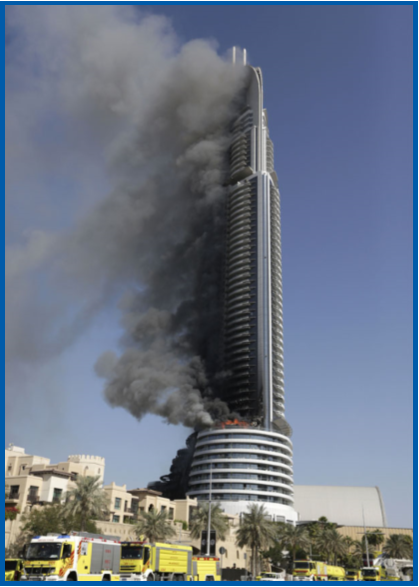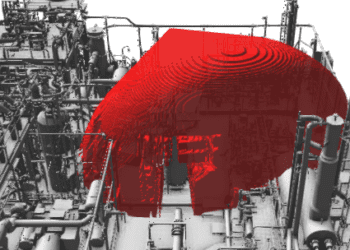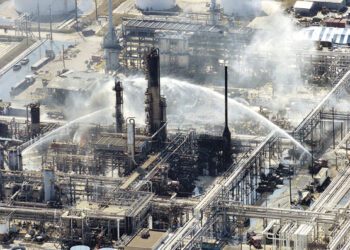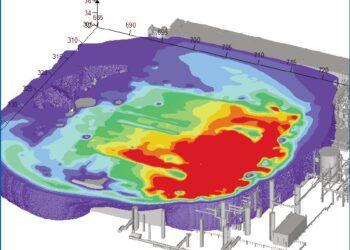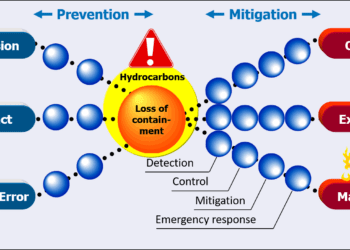Fire control: practical fire risk management for large buildings
Large assembly and retail buildings are ubiquitous in our world’s cities and typically found in the form of shopping malls, sports stadia, concert venues, exhibition halls, passenger transport interchanges, stations and airports. Historically, such buildings have had a good fire safety record. However, recent disasters like those in Kolkata, Rio Grande Du Sol and Bucharest (where 42, 233 and 60 people lost their lives respectively) remind us that a major fire can cause multiple fatalities, as well as adversely affecting global reputation.
CHALLENGING SPACES
By their very nature, buildings of this type present a number of fire safety challenges associated with:
- A potential for large fires
- Large uncompartmented spaces
- High numbers of members of the public
- Multiple organisations
- Deep plan and/or high rise
Huge open spaces, such as atria, can be wonderfully uplifting spectacles that provide excellent visual access, facilitate way-finding and efficient flows of people. However, they can also mean that smoke can spread extensively and affect a large number of people at the same time.
Thousands or even tens of thousands of public occupants and a traditional evacuation strategy can imply the need for substantial emergency exit routes, which can compromise the primary function of the building. Moreover, full building evacuations due to false alarms can themselves be potentially hazardous, highly disruptive and costly events.
Multiple organisations make the coordination of fire safety management problematic. Do tenants and their staff understand what to do in the event of a fire and how the building works?
Shopping malls and airports have complex floor plans measured in hundreds of thousands of square metres and often have nine or more levels, making emergency intervention by fire and rescue services very challenging.
CHARACTERISING THE FIRE HAZARD
The stages of managing fire risks throughout the life-cycle of large buildings are outlined in Box 1. As with any hazard, success is rooted in understanding its nature, from the principal sources of fire loading to ignition sources to modelling its escalation. This should lead to a design that incorporates the right materials, structures and systems to prevent, limit and control fire spread. An understanding is also needed of the natural flow of people within and around the building, under normal and emergency conditions. These provide the foundation upon which to build (and live with) a sound fire management strategy.
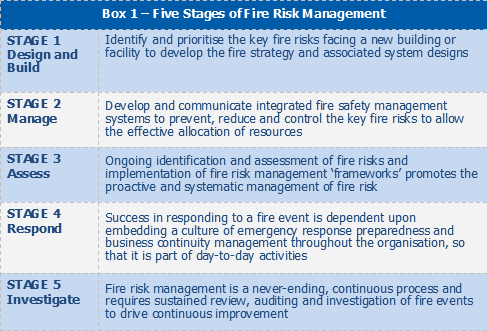
STRATEGIC THINKING
Whilst this structured approach can be applied to any project, the unique challenges inherent in large buildings often lead to specific fire safety measures, all as part of an overarching strategy, such as:
- Increased fire prevention vigilance housekeeping, maintenance, security, etc.
- Local emergency response – internal response, investigation, situational awareness, access, etc.
- Intelligent smoke management – local or collective
- Zonal evacuation – a zonal strategy harnessing rather than working against human behaviour in fire
- Total fire safety management – a holistic and integrated management system
CONCLUSION
Rising to the challenges to fire safety presented by large buildings calls for an integrated fire safety strategy, informed by practical fire risk assessment and management techniques. Such an approach is vital if these increasingly ambitious spaces are to continue to be the uplifting, efficient and safe places we all enjoy.
This article first appeared in RISKworld issue 30

